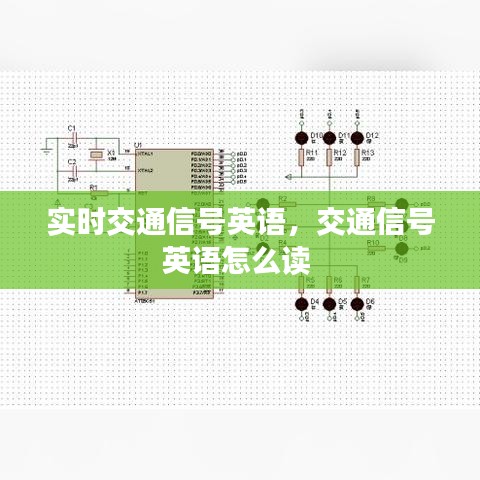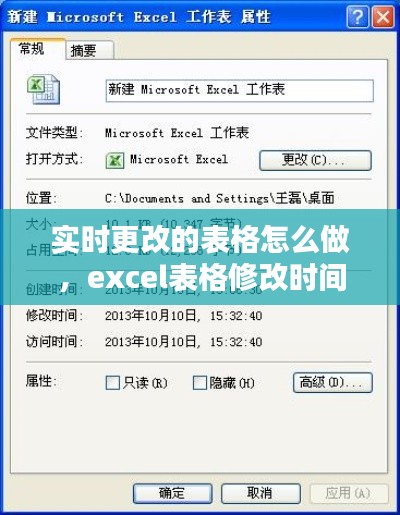Introduction to Real-Time Traffic Signal Systems
Real-time traffic signal systems are a crucial component of modern urban transportation networks. These systems are designed to optimize traffic flow, reduce congestion, and enhance safety on the roads. By using advanced technology, these systems can provide real-time information to drivers, helping them make informed decisions and navigate through busy intersections more efficiently.
How Real-Time Traffic Signal Systems Work
Real-time traffic signal systems typically consist of sensors, controllers, and communication networks. Sensors, often placed on the road or at intersections, collect data on traffic volume, speed, and other relevant factors. This data is then transmitted to a central control center or directly to the traffic signal controllers at the intersections.
The controllers use this information to adjust the timing of traffic signals dynamically. For example, if a particular intersection is experiencing heavy traffic, the system can extend the green light for the affected lane, allowing more vehicles to pass through before changing to red. Conversely, if there is little to no traffic, the system can shorten the green light duration to prevent unnecessary delays.
Benefits of Real-Time Traffic Signal Systems
There are several benefits to implementing real-time traffic signal systems:
Reduced Congestion: By optimizing traffic flow, these systems can significantly reduce congestion, leading to shorter travel times and less frustration for drivers.
Improved Safety: Real-time adjustments can help prevent accidents by ensuring that traffic moves smoothly and predictably.
Energy Efficiency: By reducing idling and unnecessary stops, these systems can contribute to lower fuel consumption and reduced emissions.
Enhanced Traffic Management: The data collected by the sensors can be used to analyze traffic patterns and identify areas for improvement in the transportation network.
Communication and User Interface
For drivers to benefit from real-time traffic signal systems, effective communication and user interfaces are essential. Here are some key aspects:
Dynamic Traffic Signs: These signs can display real-time information about traffic conditions, such as green light times, detours, and speed limits.
Mobile Apps and GPS: Many modern smartphones and GPS devices can receive real-time traffic updates, helping drivers plan their routes accordingly.
Radio and Television Broadcasts: Local radio and television stations often provide traffic reports that include real-time information from traffic signal systems.
Internet and Social Media: Websites and social media platforms can also be used to disseminate real-time traffic information to the public.
Challenges and Considerations
While real-time traffic signal systems offer numerous benefits, there are also challenges and considerations to keep in mind:
Cost and Implementation: Implementing these systems can be expensive, requiring significant investment in technology and infrastructure.
Data Privacy: Collecting and analyzing traffic data raises concerns about privacy and data security.
Reliability: The reliability of the sensors and communication networks is crucial for the effectiveness of the system.
Public Acceptance: Ensuring that the public understands and accepts the benefits of these systems is essential for their success.
Future Developments
The future of real-time traffic signal systems looks promising, with ongoing technological advancements and increasing urbanization. Some potential developments include:
Autonomous Vehicles Integration: As autonomous vehicles become more prevalent, real-time traffic signal systems will need to adapt to communicate with these vehicles effectively.
Smart City Integration: Real-time traffic signal systems can be integrated with other smart city technologies to create a more efficient and sustainable urban environment.
Artificial Intelligence: AI can be used to analyze traffic patterns and predict future congestion, allowing for even more precise adjustments to traffic signal timing.
As technology continues to evolve, real-time traffic signal systems will play an increasingly important role in managing urban transportation networks, improving traffic flow, and enhancing the overall quality of life in cities around the world.













 桂ICP备18009795号-1
桂ICP备18009795号-1